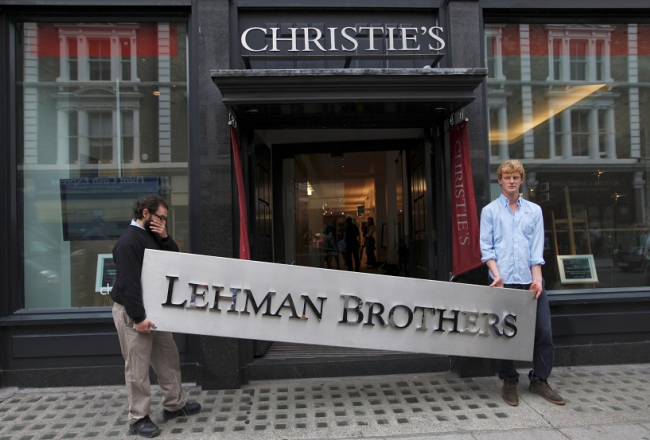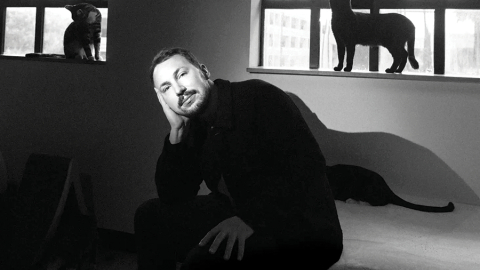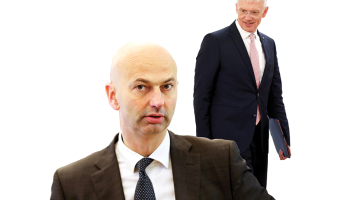
"Christie's" darbinieki 2010. gadā pozē ar uzrakstu "Lehman Brothers". Foto: Reuters/LETA
10 years down the road since the financial crisis. Where are we now?
The Great Financial Crisis is very much associated with the spectacular bankruptcy of Lehman Brothers on 15 September 2008, i.e. exactly 10 years ago these days, although the crisis started earlier, see e.g. this (very) detailed timeline.
As we know, the crisis spread from USA to Europe and certainly also to Latvia where a massive credit boom and real estate boom had fueled exceptionally high growth rates. Between 2003 and mid-2007 growth rates were never below 6% on an annual basis and for the whole period of 2005 Q3 through 2007 Q3, growth rates were consistently in double digits, see Figure 1.
Figure 1: Economic growth in Latvia, 1996 Q1 – 2018 Q2, seasonally adjusted data
Source: Eurostat
Latvia enjoyed uninterrupted growth for 35 quarters (1999 Q3 through 2008 Q1) although a slowdown started at the end of 2007, see Figure 2 that zooms in on the slowdown and the subsequent recession.















